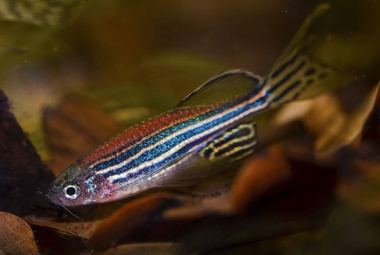
Miles Martin
Reporter, Life Sciences and Physical Sciences
@ArtfulSciMiles Martin, based in Kingston, Rhode Island, covers Life Sciences and Physical Sciences for The Academic Times. Prior to that, Miles worked on the media and communications team at Cell Press and as a freelance science writer. He holds an MSc in science communication and public engagement from the University of Edinburgh.
 Researchers working in Swedish boreal forests found that ectomycorrhizal fungi — symbiotic fungi that exchange nutrients with trees — are associated with a significant reduction in stored soil carbon, which could have implications for maintaining the important environmental services these forests provide, such as nutrient cycling.
Researchers working in Swedish boreal forests found that ectomycorrhizal fungi — symbiotic fungi that exchange nutrients with trees — are associated with a significant reduction in stored soil carbon, which could have implications for maintaining the important environmental services these forests provide, such as nutrient cycling.






